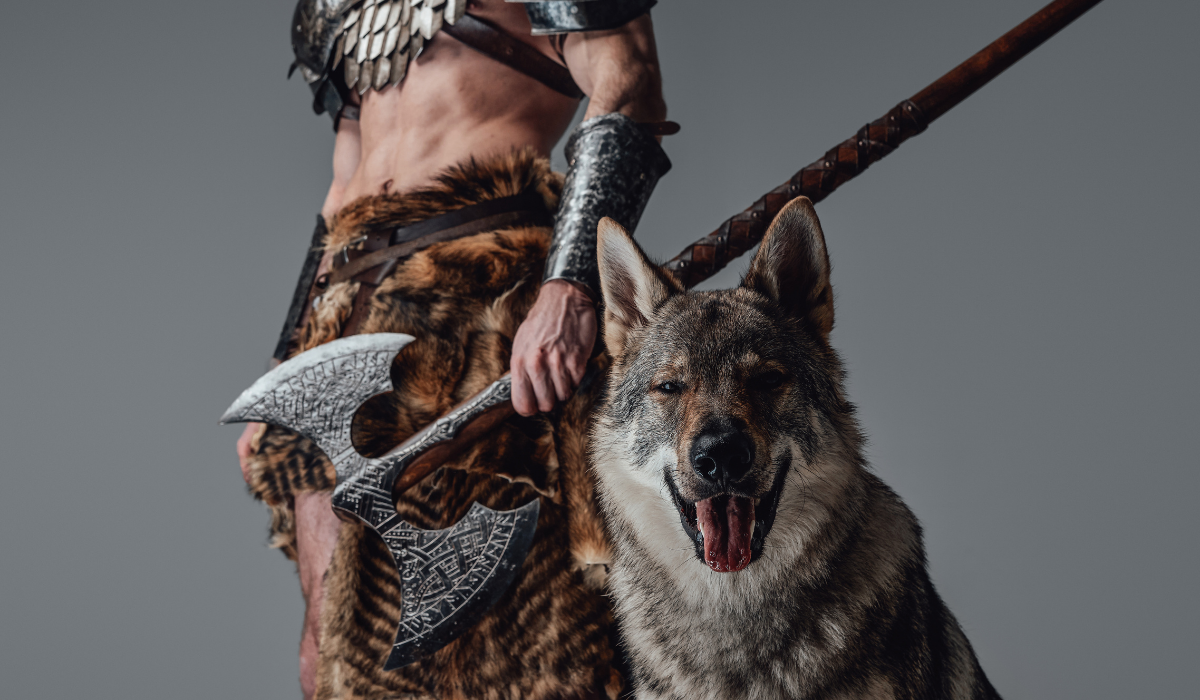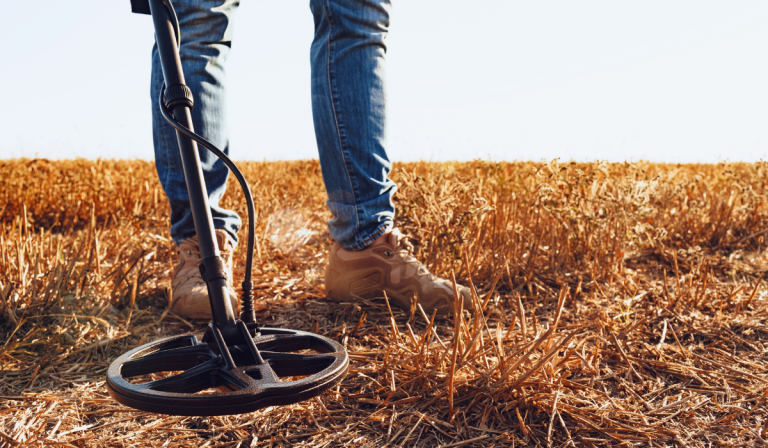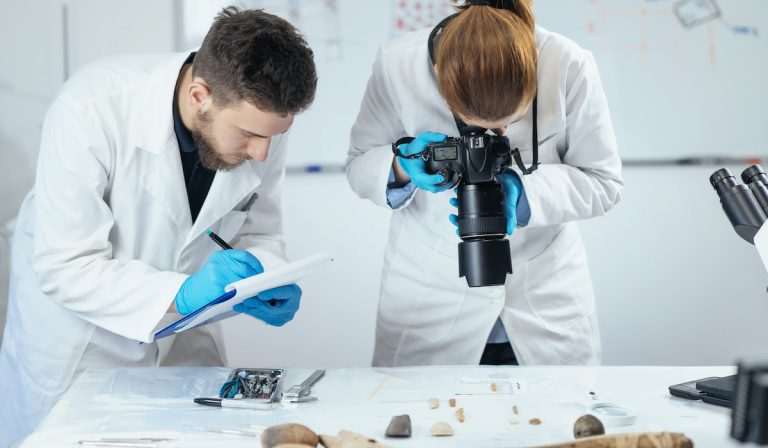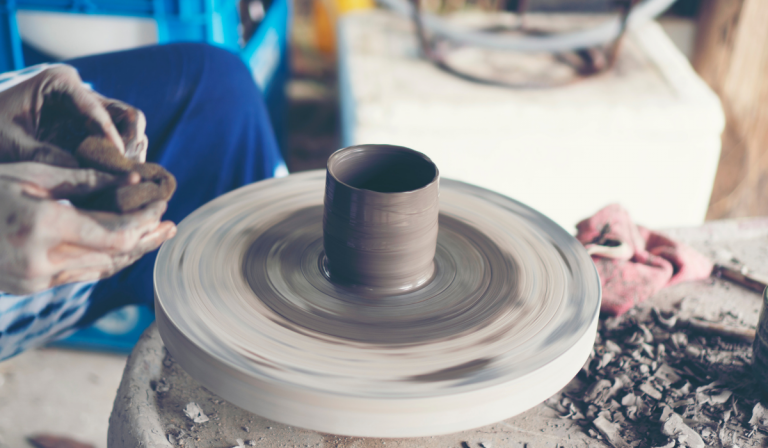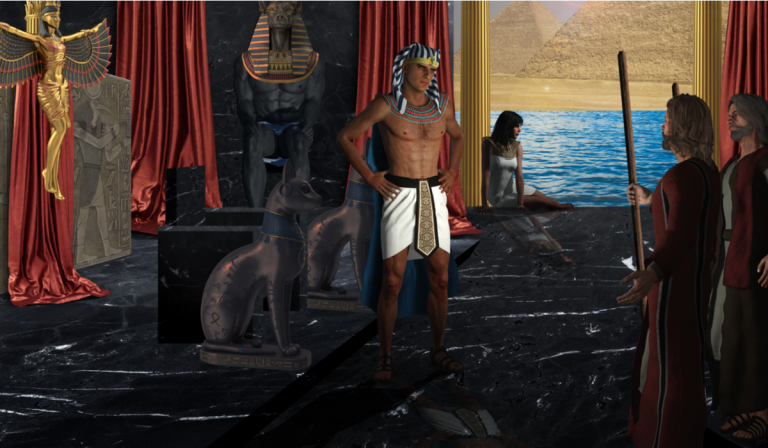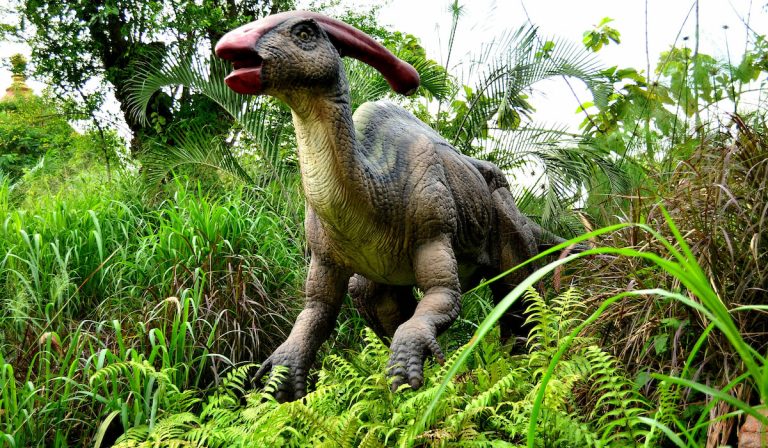Medieval Hunting Dogs (What You Should Know)
Dogs have been humanity’s best friend for well over 30,000 years now. Since the inception of this inter-species friendship, dogs have served several purposes such as hunting, guarding, rodent extermination, herding, and much more.
But what were the purposes of a hunting dog in the medieval era and what exactly did they do?
Well, dogs became a constant companion for much of the nobility in the medieval ages. While they weren’t utilized for companionship as much as they are now, it can be comfortably said that these animals were widely treated quite well and with a great amount of mutual affection.
In this article, we are going to go over a number of facts concerning medieval hunting dogs, what purposes they served and what breeds were preferred for the activity of hunting.
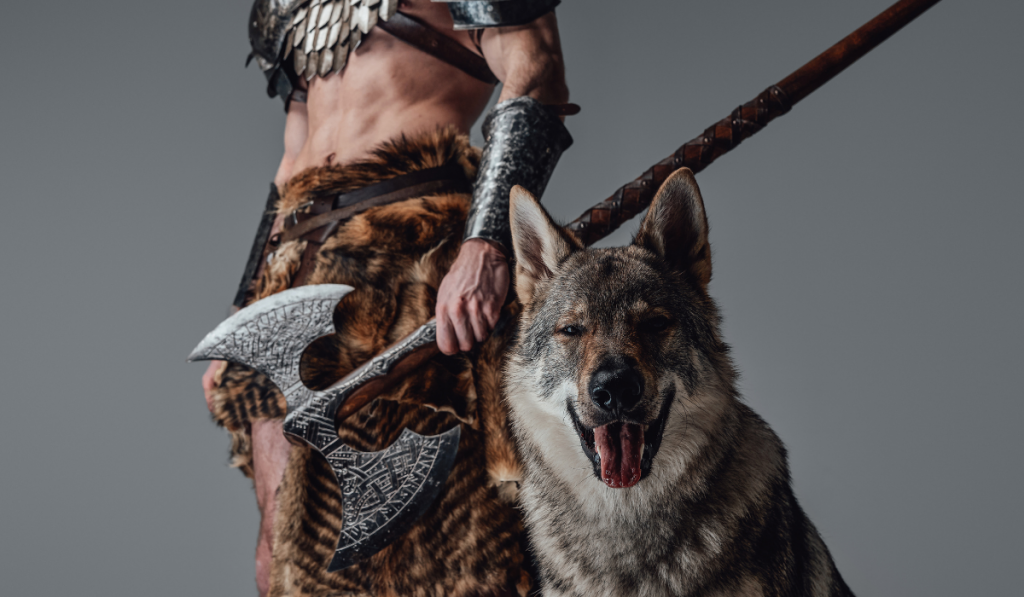
Hunting and the Type of Dogs Used
Typically speaking, hunters of the medieval years would hunt with two different methods, with a bow and on horseback, or by using dogs to track down an animal.
The latter was considered far more respectable and worthy of praise and was a popular sporting activity during peacetime for those of noble birth.
To be skilled in hunting was widely regarded as a sign that you would be skilled in warfare.
Ironically enough, however, most of the brutality was committed by the hunting dogs while the nobility watched from afar, typically on horseback. Thanks to the surviving copies of Livre de chasse or Book of the Hunt by Gaston Phoebus, we get a better idea of the different types of hunting dogs during this time.
Raches
Raches were a type of hound that was highly praised by Gaston for their unmatched skill at hunting game through their senses, both vision, and smell. They were used primarily to wear out the game as they would terrify it with barks and continue the pursuit, often in large groups of a dozen or two.
Cruel as it may be nowadays, the longer the hunt went on the more prestigious the whole affair was supposed to be.
The raches were a smaller breed of hound that seemed to be the second stage of the hunting process. They would come into the hunt second after a lymer (scenthounds, typically) would sniff out a stag or boar, and be released to pursue the wild animal. Raches were more than capable of handling lesser game by themselves, however, and would often be used exclusively for smaller animals when out hunting.
Lymer
These scenthounds were used to find the prey in the wild, typically to great success. On the morning of a hunt, the caretaker of the hound would go out and search for signs of animals that included feces, footprints, and other indicators of an animal’s scent.
Once the hound had identified the scent of an animal, it had the difficult job of focusing only on that scent and locating where the animal currently resided.
Lymers would be strategically placed in several different directions not unlike a search party to ensure that some evidence of an animal would be discovered. The caretakers would then report back to the nobleman, who would pick the most appealing trail, and set loose the raches.
If the trail was lost, the nobles would go sleep for the night or eat (surprise, surprise) while the caretakers and lymers continued hunting down the trail of the animal.
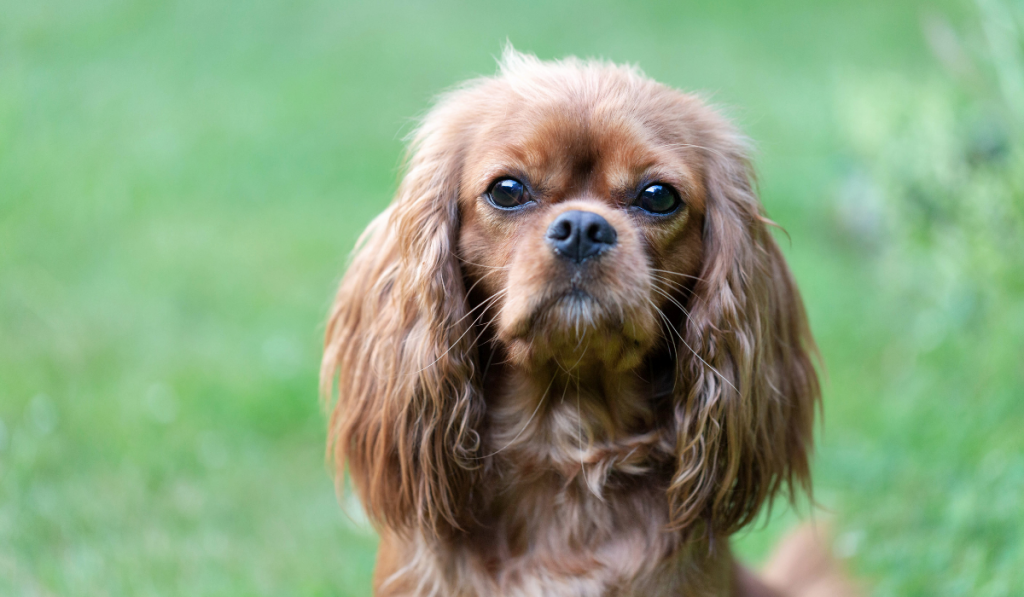
Spaniel
Gaston was not a huge fan of these dogs, though they seemed to excel at hunting avian creatures and the French count was not a fan of hunting birds nor falconry in general.
These dogs were used primarily to scare out partridge and quail from their nests. If Gaston is to be believed, they did not offer much in the way of obedience and were quite loud among other things.
It’s pretty safe to assume that Gaston is not an ideal character reference for these talented pooches.
Spaniels typically had frizzy hair and droopy ears and the ideal specimen would be white or lightish brown. Unlike the other two that seemed to often work in tandem, medieval spaniels were reserved more for bird hunts and used exclusively for these lesser practiced activities. Because of this they were likely not as highly regarded by the upper classes as the previous two breeds were.
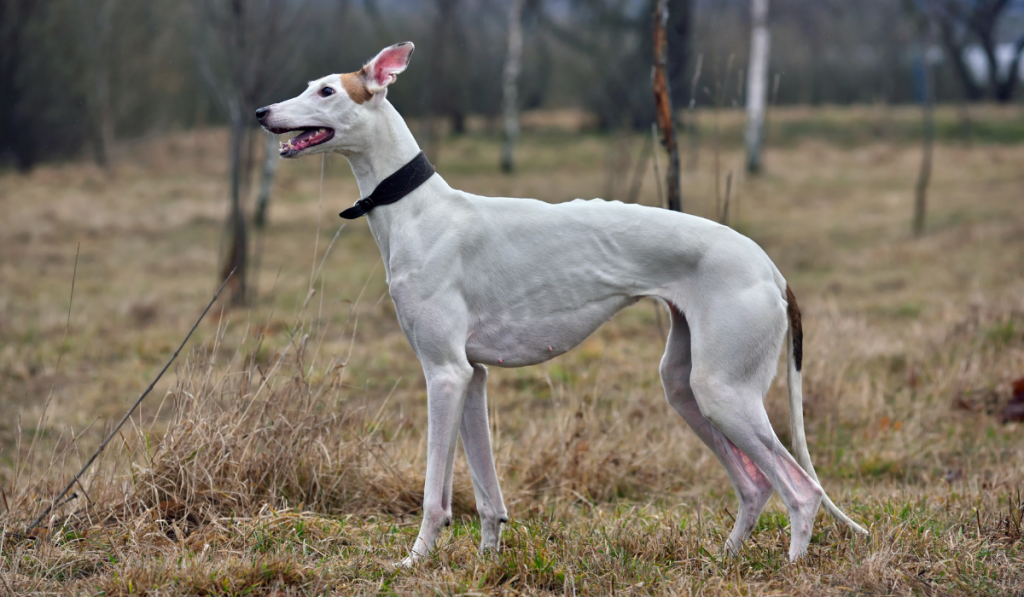
Greyhound
Despite what your mental image of this dog might be, it actually referred to a broad range of sighthounds that could vary quite extensively in appearance. These loyal companions were often placed in much higher regard than other dog breeds and allowed to sleep inside the nobles’ homes as opposed to a kennel. They were akin to a flashy car: a good greyhound offered status to a noble in the same way a good horse or well-built castle could.
If the raches were the ones to tire the animal, these were often the ones to kill it. As the raches would run the animal in front of them, the greyhounds would be unleashed to go after the animal and typically bring a brutal end to the fleeing creature.
An ideal greyhound was average in stature, had an elongated skull, and a large jaw that sits even without an over or underbite.
Alaunt
These dogs were notoriously big and aggressive, proving to be exceptional at holding down prey if you could bring them to order. They were also quite well-known for being hard to handle and would often go after the first animal they saw, whether it be a fleeing doe or a mounted horse. This made a lot of hunters reluctant to purchase these big creatures, which could not only hold down an animal, but also a duke who was getting a little too lippy.
Gaston states that these dogs have been known to kill their owners and it wasn’t an uncommon occurrence. Despite his disdain for certain breeds of dogs, Gaston had an intimate knowledge of dogs and a clear love for this breed. They were more than likely an aggressive breed and his account can be taken with sincerity.
He did write that when these animals were trained well and if they chose to listen, they could prove excellent as hunting dogs. However, it seemed that most people feared them and not without reason. This breed is very unfortunately now extinct, likely due to people’s disdain for breeding them because of their mean temperament.
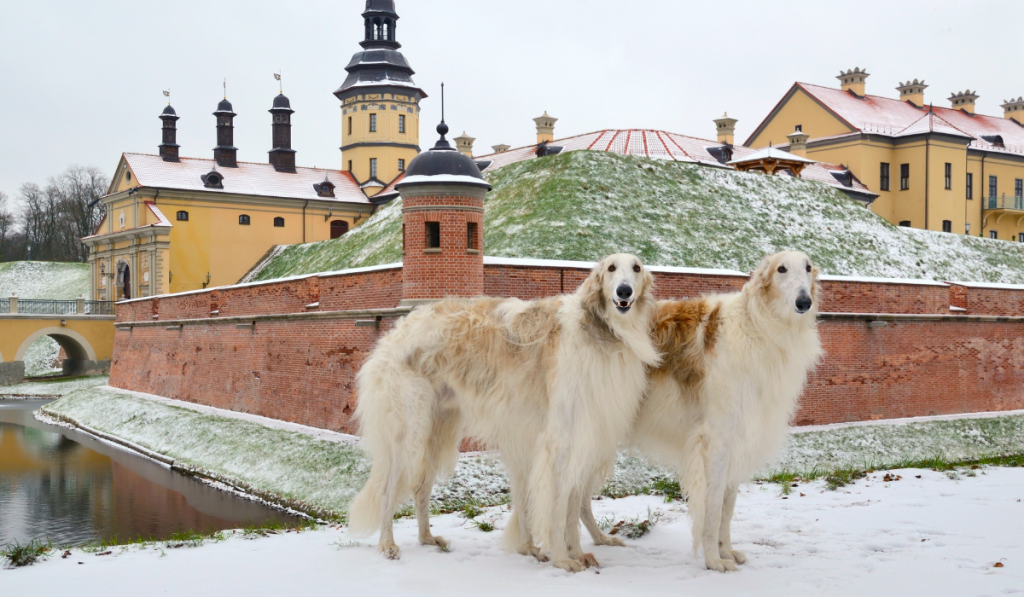
The Process of Hunting With Dogs
The first thing we should establish was that hunting was a rich man’s game. But not just for the rich, but for the nobility almost exclusively.
It was a sport reserved for the highest of society and they seemed to adore it a great deal. There are several poems and songs from this time period that speak to the passion people had for the activity.
The most desired prey was deer, particularly stags with large antlers. Hunters would go after a wide variety of animals however, including boar, wolves, birds, and even bears were fair game. Bears had actually been brought to the point of extinction due to the aggressive pursuits of medieval hunters.
When a noble would hunt “by force of dogs,” the process would be undertaken in eight ritualistic steps that had become routine for hunters.
The first step would be the Quest, where the lymers would be taken out by skilled trackers and the two would locate signs of animal life. This would typically take place very early in the morning while the rest of the party could very well still be asleep.
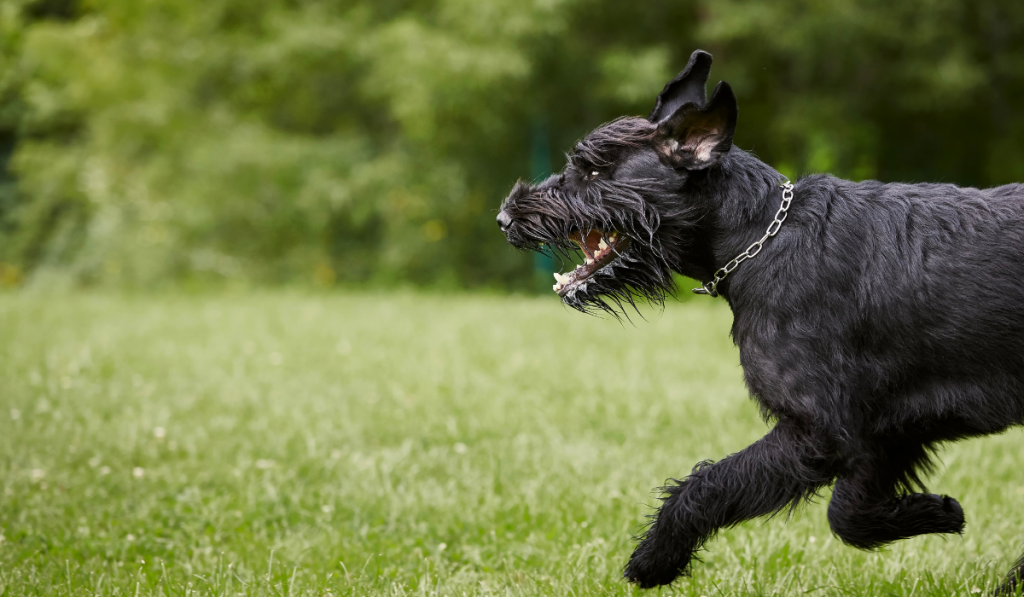
Then the Assembly would take place where the various trackers would relay information to the lords who would decide then how to proceed. This usually took place over a morning meal.
The Relays would begin after breakfast, where dogs would be strategically placed along the expected route of the animal. This was to make sure the dogs wouldn’t have to exhaust themselves too much before they were needed.
The Moving was simply the process in which a lymer would begin to snuff out the prey. This could also be called the Fynding.
The Chase was exactly what it sounded like. The prey was located and the dogs were set loose upon it, typically the raches.
Baying began when the animal was too tired to keep going and decided to switch to the fight response. The custom would be that the highest-ranking person would take out the animal with a spear or sword. Sometimes, if the animal was a boar, the noble would use a knife to prove his combat prowess.
This led to more than a few nobles dying while out on the hunt, which feels pretty deserved.
Unmaking is now commonly known as skinning and processing. Basically, it was a specific way of carving up an animal to preserve the more valuable components of the carcass.
Curée was the treat for the dogs who had taken down the animal and were usually choice pieces of the animal.
Wrapping Up
Hunting with dogs is a sport that has lasted the test of time and is still a common practice in the western world. Regrettably, many of the breeds that excelled at the sport in the medieval ages are now lost to time, though their actions are immortalized in the records of the time. We owe dogs quite a bit more than we give them credit for, and yet our symbiotic relationship will surely endure for centuries to come.

